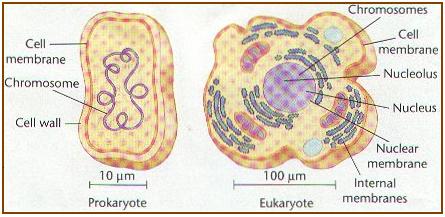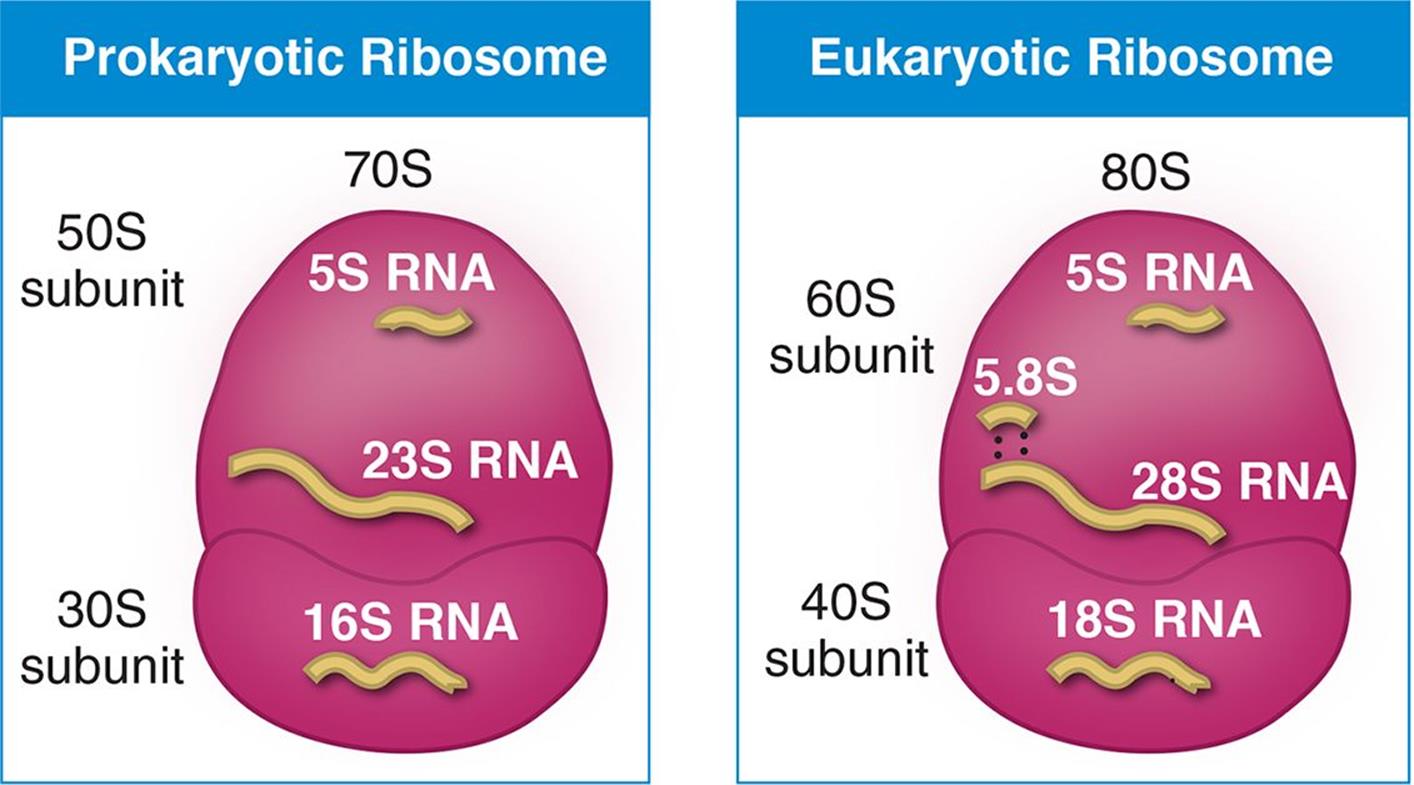How is a prokaryotic cell distinguished from eukaryotic cell?
2 Answers
There are two main classes of cells , namely prokaryotes and eukaryotes.
Explanation:
The prokaryotes consist of bacteria and blue green algae. The eukaryotic cells are found in all multicellular animals , plants and fungi.
Nucleus and other membrane bound organelles are present only in eukaryotic cells and not in prokaryotic cells.
In prokaryotic cells 70s type of ribosomes are present in the cytoplasm. Whereas in eukaryotic cells the cytoplasm has 80s type of ribosomes and plastids and mitochondria have 70s type of ribosomes.
- Genetic material i.e. DNA of prokaryotic cell is not enclosed within a membrane bound organelle, but in eukaryotes genetic material is housed within nucleus.
- Prokaryotic DNA is circular, and 'naked' while eukaryotic nuclear DNA is linear and associated with histone proteins.
- No membrane bound organelles are present in prokaryotes , but eukaryotic cells are associated with several membrane bound organelles like endoplasmic reticulum, golgi bodies , lysosomes , mitochondria , etc.

( )
)
Prokaryotic cells are comparatively smaller, and their ribosomes are 70S type while in eykaryotes there are 80S type ribosomes.

( )
)
Eukaryotic cells are highly developed and can coordinate among themselves to form multicellular entity. Semiautonomous organelles like protoplast or mitochondria or both are present within eukaryotic cells which contain prokaryotic type ribosomes and circular DNA. This in fact indicates towards evolution of eukaryotes from prokaryotes.

